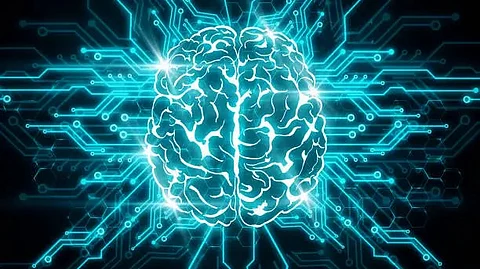To test the effects of functionally disconnecting two regions of the monkeys’ brains responsible for socially subjective reward valuation, the researchers used an existing experimental setup. Two monkeys were sat together and shown pictures on a screen. After seeing each picture, only one of the monkeys (or sometimes neither of the monkeys) received water as a reward. By varying the probability of reward for each monkey over a series of tests, the researchers were able to see what happened when the monkeys expected a reward for themselves (they made many licking motions with their tongues) versus a reward for the other monkey (they made fewer licking motions).
“Using this test, we were able to see the effects of disconnecting the medial prefrontal cortex from the lateral hypothalamus on the monkeys’ expectations of rewards,” says Isoda. “We were excited to see that, with this disconnect, the monkeys were much less susceptible to the prospect of others receiving rewards, but that their own expectations of a reward did not change, suggesting that this pathway is a key circuit in socially subjective reward valuation only.”


